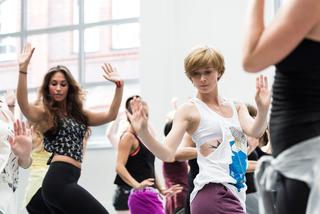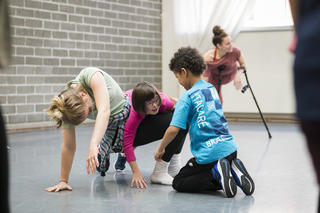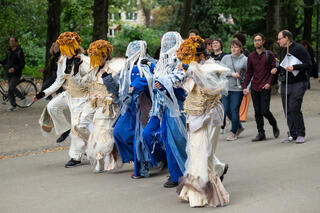
Brazilian Dance Styles
Instructors

Carlinhos Batá
Carlinhos Batá, born ins São Paulo, started his dancing career with the company Batá Koto. Since 1999, he lives and works as an artist in Europe. Together with Marcelo Nascimento and Sergio Saira, he brought the much vaunted Brazilian way of life and the sambo boom to Düsseldorf. In 2009, he finished his dance pedagogy training at the German Institute for Dance Pedagogy (DIT) and also completed a degree in dance culture V.I.E.W. (mediation, staging, evaluation and knowledge) at the Sporthochschule Cologne. Since then, he has been involved in numerous projects at schools and cultural institutions conceptually as well as in the implementation with a focus on inclusion. Carlinhos teaching is in high demand, as his classes are characterized by his great dedication for the dance and music of Brazil.



